The Best Companion Plants For Helichrysum: Create A Beautiful And Thriving Garden
The Best Companion Plants for Helichrysum: Create a Beautiful and Thriving Garden
Helichrysum is a genus of flowering plants that includes over 600 species. These plants are native to warm, dry climates around the world, and they are known for their long-lasting flowers. Helichrysum can be grown as annuals or perennials, and they make beautiful additions to gardens, borders, and containers.
One of the best things about Helichrysum is that it is easy to care for. These plants are drought-tolerant and heat-tolerant, and they can thrive in poor soil. They also attract pollinators, such as bees and butterflies.
If you are growing Helichrysum, you may want to consider planting it with companion plants. Companion planting is the practice of planting different types of plants together that benefit each other. There are many different companion plants that can be grown with Helichrysum, but some of the best include:
- Santolina chamaecyparissus (Lavender Cotton): This plant is a member of the same family as Helichrysum, and it has similar growing requirements. Lavender Cotton is a good choice for companion planting because it helps to deter pests and diseases.
- Thymus serpyllum (Creeping Thyme): This low-growing groundcover is another good choice for companion planting with Helichrysum. Creeping Thyme helps to improve the drainage of the soil, and it also attracts pollinators.
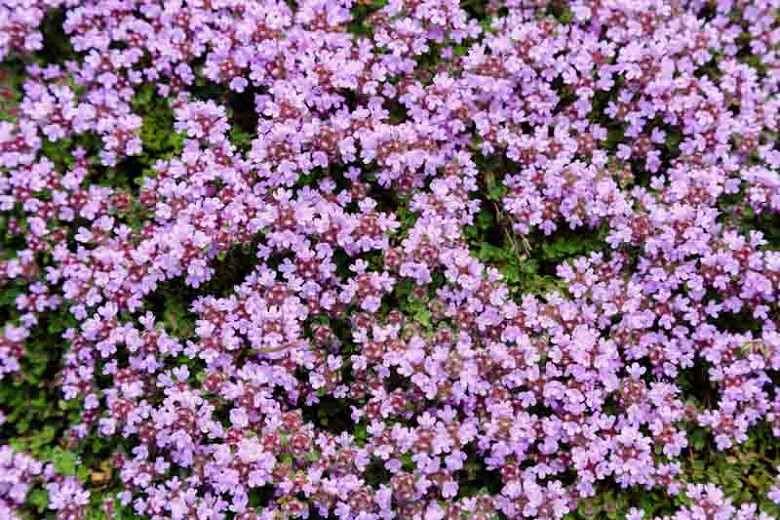
- Eschscholzia californica (California Poppy): This bright orange flower is a beautiful addition to any garden. California Poppy helps to attract pollinators, and it also helps to deter rabbits and other pests.
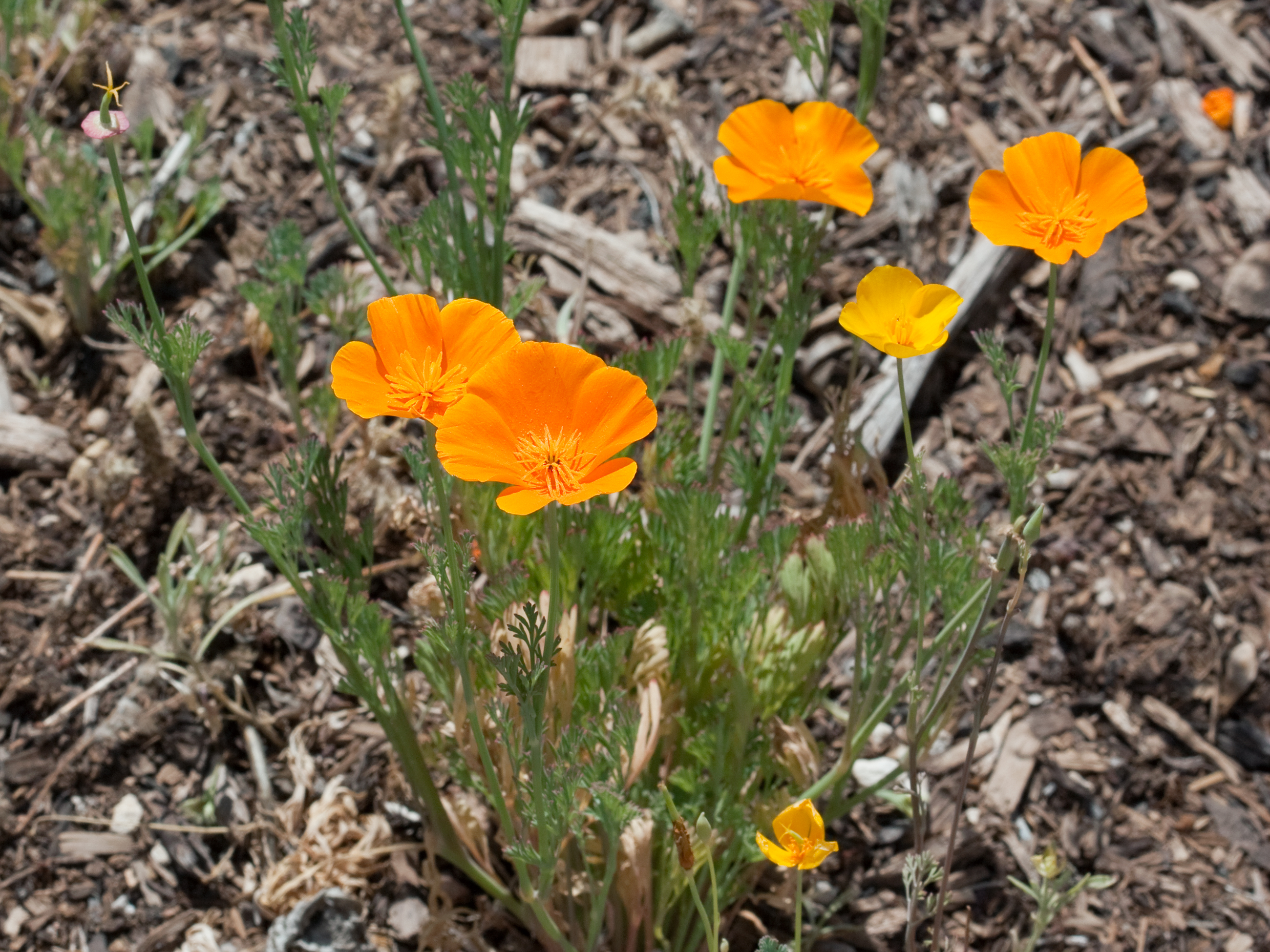
- Lavandula angustifolia (English Lavender): This classic herb is a popular choice for companion planting with Helichrysum. English Lavender helps to deter pests and diseases, and it also helps to improve the fragrance of the Helichrysum flowers.
- Aster amellus (Italian Aster): This tall, airy flower is a beautiful addition to the back of a border. Italian Aster helps to attract pollinators, and it also helps to deter pests.
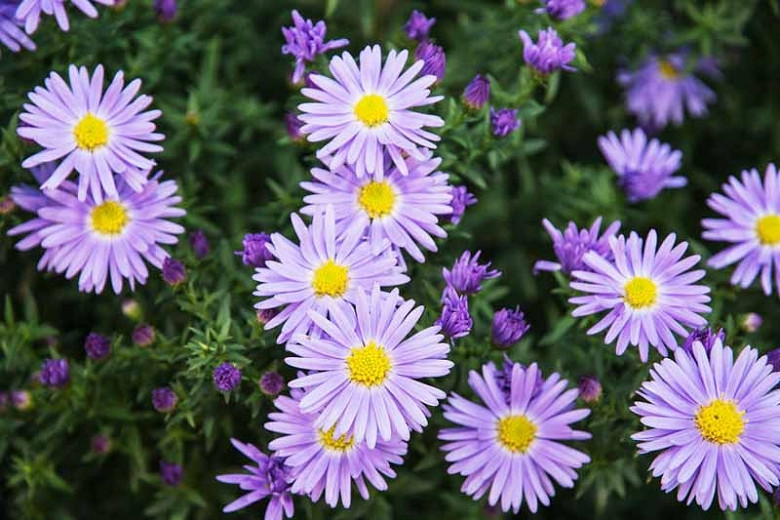
- Zinnia elegans (Zinnia): This colorful flower is a favorite for summer gardens. Zinnia helps to attract pollinators, and it also helps to deter pests.
- Gaillardia pulchella (Blanket Flower): This bold flower is a beautiful addition to any garden. Blanket Flower helps to attract pollinators, and it also helps to deter pests.
These are just a few of the many companion plants that can be grown with Helichrysum. When choosing companion plants, it is important to consider the growing requirements of both plants. The plants should also complement each other in terms of size, color, and texture.
With a little planning, you can create a beautiful and thriving garden by planting Helichrysum with the right companion plants.
Helichrysum is a beautiful and versatile plant that can be grown in a variety of settings. It is also a great choice for companion planting, as it can help to deter pests and diseases. Some of the best companion plants for helichrysum include lavender, thyme, santolina, and California poppy. These plants all have similar growing requirements and can help to create a beautiful and harmonious garden.
If you are interested in learning more about helichrysum companion plants, I recommend visiting Gardenia Inspiration. This website has a wealth of information on the topic, including a list of recommended companion plants, tips for planting and care, and photos of beautiful helichrysum gardens.
FAQ of helichrysum companion plants
Q: What are some good companion plants for helichrysum?
A: Helichrysum is a versatile plant that can be partnered with a variety of other plants. Some good companion plants for helichrysum include:
- Lavender: Lavender is a classic companion plant for helichrysum. Both plants prefer full sun and well-drained soil. Lavender helps to deter pests and attract pollinators, which can benefit helichrysum.
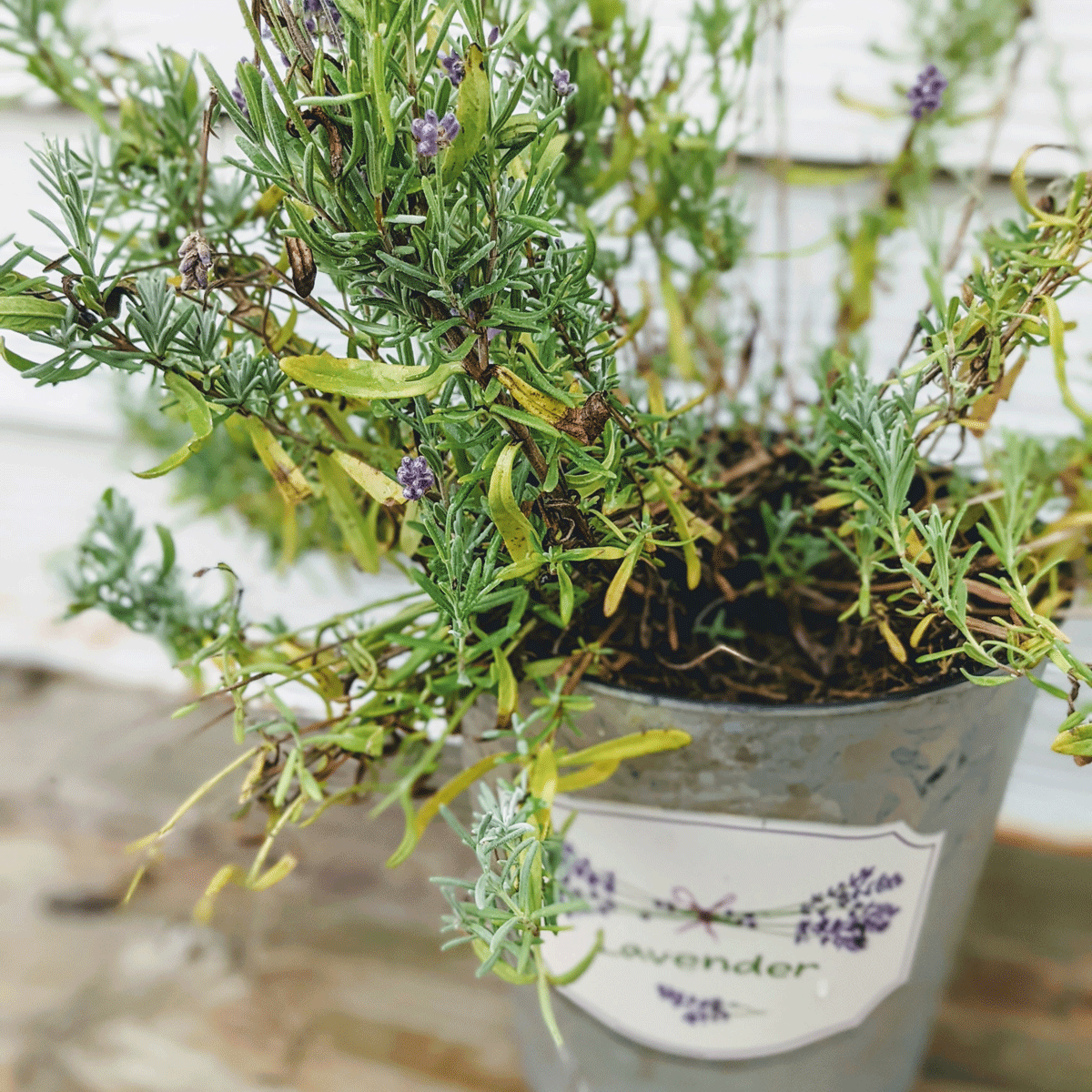
- Santolina: Santolina, also known as lavender cotton, is another good companion plant for helichrysum. Both plants have silvery-green foliage that complements each other well. Santolina also helps to deter pests and attract pollinators.
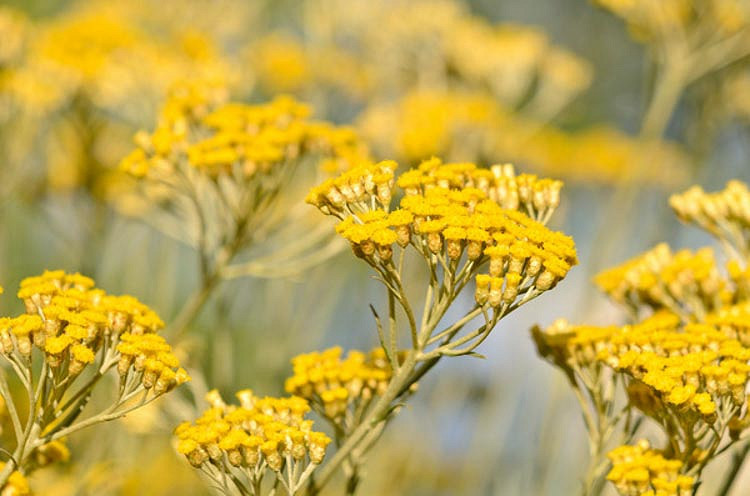
- Creeping thyme: Creeping thyme is a low-growing groundcover that can be used to fill in the spaces between helichrysum plants. It also helps to deter pests and attract pollinators.

- California poppy: California poppy is a bright and cheerful flower that blooms in the summer. It can be planted in front of helichrysum plants to add a splash of color. California poppy also helps to attract pollinators.

- Shasta daisy: Shasta daisy is a tall and elegant flower that blooms in the summer. It can be planted behind helichrysum plants to add height and contrast. Shasta daisy also helps to attract pollinators.

Q: What are the benefits of companion planting with helichrysum?
A: There are several benefits to companion planting with helichrysum. These include:
- Improved plant health: Companion plants can help to deter pests and diseases, which can improve the overall health of helichrysum plants.
- Increased pollination: Companion plants can attract pollinators, which can help to increase the pollination of helichrysum flowers. This can lead to a better harvest of seeds or fruits.
- Enhanced beauty: Companion plants can add beauty and interest to a garden. They can also be used to create different color schemes or textures.
Q: What are some tips for companion planting with helichrysum?
A: Here are a few tips for companion planting with helichrysum:
- Choose plants with similar growing conditions: When choosing companion plants for helichrysum, it is important to choose plants with similar growing conditions. This means choosing plants that have the same needs for sun, water, and soil type.
- Consider the size of the plants: When choosing companion plants for helichrysum, it is also important to consider the size of the plants. For example, you would not want to plant a tall plant next to a short plant, as the taller plant would eventually shade out the shorter plant.
- Experiment with different combinations: There are no hard and fast rules when it comes to companion planting. The best way to find the best companion plants for helichrysum is to experiment with different combinations.
Q: What are some common mistakes to avoid when companion planting with helichrysum?
A: Here are a few common mistakes to avoid when companion planting with helichrysum:
- Planting incompatible plants: It is important to avoid planting incompatible plants together. This can lead to problems such as pests, diseases, or poor plant growth.
- Planting too many plants: It is also important to avoid planting too many plants together. This can lead to overcrowding, which can also lead to problems such as pests, diseases, or poor plant growth.
- Not considering the size of the plants: As mentioned above, it is important to consider the size of the plants when companion planting. Planting plants that are too different in size can lead to problems such as shading out or crowding.
Image of helichrysum companion plants
- Lavender: Lavender is a classic companion plant for helichrysum. Both plants prefer full sun and well-drained soil. Lavender also helps to deter pests, which is beneficial for helichrysum.

- Salvia: Salvia is another good choice for a companion plant for helichrysum. Both plants attract butterflies and other pollinators. Salvia also helps to deter pests.
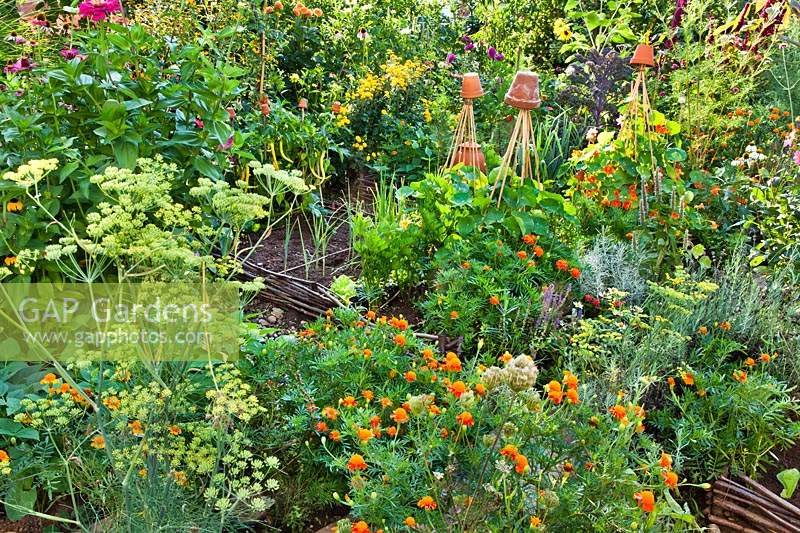
- Coneflower: Coneflower is a tall, colorful flower that can add height and interest to a garden. It also attracts butterflies and other pollinators.

- Yarrow: Yarrow is a hardy plant that can tolerate poor soil conditions. It also attracts butterflies and other pollinators.
- Echinacea: Echinacea is a medicinal herb that is also attractive to butterflies and other pollinators. It can help to deter pests.


Post a Comment for "The Best Companion Plants For Helichrysum: Create A Beautiful And Thriving Garden"